The Real Deal on Vitamin C (It’s Not Just in Your Orange Juice)
I’ve spent a long time in the nutrition world, both in kitchens and clinical settings, and if there’s one thing I’ve seen over and over, it’s the confusion around Vitamin C. So many people think a morning glass of orange juice has them covered. Or they figure a daily multivitamin pill makes up for whatever’s missing on their plate. And while the heart is in the right place, how our bodies actually handle this vitamin is a bit more nuanced—and honestly, a lot more interesting.
In this article
- So, Why Do We Even Need This Stuff?
- Okay, How Much Do I Actually Need?
- Common Mistakes That Rob Your Food of Vitamin C
- Pro-Tips for Preserving Every Milligram
- The Unsung Heroes of Vitamin C
- Best Bang-for-Your-Buck Vitamin C Sources
- What Hitting Your Daily Goal Actually Looks Like
- A Word on Supplements and Safety
- Inspirational Gallery
This isn’t going to be just another list of foods. I want to pull back the curtain on what really works. We’re going to dive into how Vitamin C functions, how easily it disappears from our food, and the best ways to protect it all the way from the grocery aisle to your dinner table. My goal is to give you the practical, real-world knowledge that helps you build healthier habits that actually stick.

So, Why Do We Even Need This Stuff?
Before we get to the food, let’s quickly cover the “why.” Vitamin C, or ascorbic acid if you want to get technical, is a water-soluble vitamin. That just means your body doesn’t keep a big stash of it. Unlike other vitamins that can be stored in fat, any extra C you take in is usually flushed out within about 24 hours. This is exactly why you can’t just load up on Sunday and hope it lasts all week. A steady, daily intake is key.
Here are its main gigs in your body:
- It’s a powerful antioxidant. Think of it as a bodyguard for your cells. Life throws a lot at us—pollution, sun, even just the stress of being alive—which creates nasty little molecules called free radicals. These guys damage cells, kind of like how a cut apple turns brown. Vitamin C jumps in front of the punch, neutralizing these free radicals before they can cause trouble.
- It’s the foundation of collagen. Collagen is literally the glue that holds you together. It’s a protein that gives structure to your skin, bones, tendons, and blood vessels. Without enough vitamin C, your body can’t make it properly. I once worked with a client, a marathon runner, who was plagued by nagging little injuries that just wouldn’t heal. We seriously upped his intake of C-rich foods like bell peppers and kiwis, and his recovery time improved noticeably. It was a perfect example of collagen production in action.
- It helps you absorb iron. This one is huge, especially if you don’t eat a lot of meat. There’s iron from animal sources (heme) and iron from plant sources (non-heme). Our bodies have a tough time absorbing the plant-based kind. Vitamin C is like a key that unlocks non-heme iron, making it way more available to your body. To make this work for you, try a big spinach salad (your iron source!) with sliced strawberries and a lemon-based dressing (your vitamin C!). That combination is a game-changer.
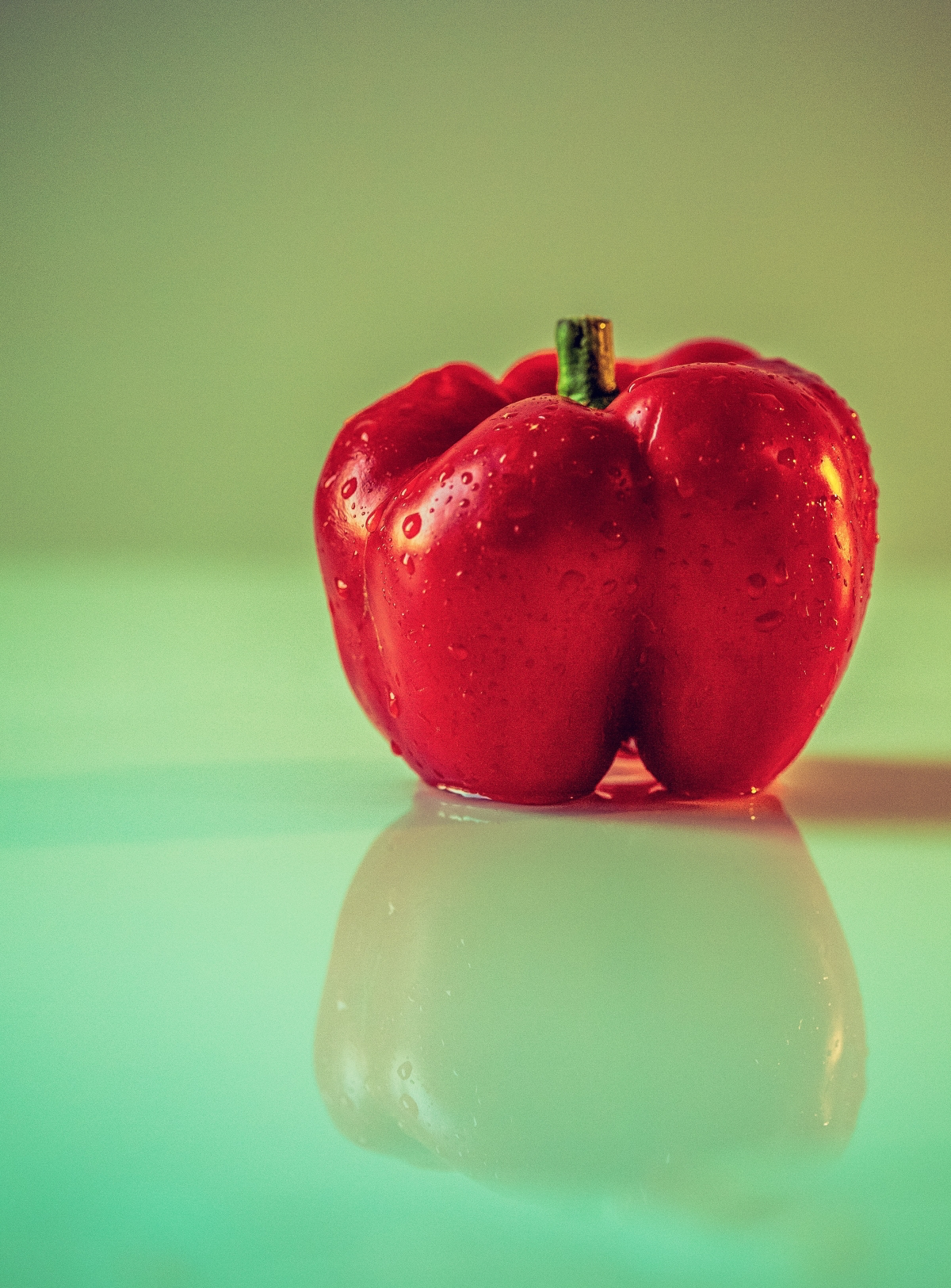
Okay, How Much Do I Actually Need?
Health authorities have set some pretty solid guidelines that serve as a great baseline. These aren’t just random numbers; they’re based on what’s needed to keep you healthy and prevent issues.
- Adult Men: 90 milligrams (mg) per day
- Adult Women: 75 mg per day
- Pregnancy: 85 mg per day
- Breastfeeding: 120 mg per day
Good to know: If you smoke, you need more. Smoking creates extra stress on the body, so the experts recommend adding an extra 35 mg to your daily total to counteract it.
Common Mistakes That Rob Your Food of Vitamin C
This is where that hands-on experience really comes into play. Vitamin C is incredibly fragile. It’s sensitive to heat, light, air, and water. I’ve seen lab reports from kitchens showing that over half the vitamin C in veggies was gone before they even hit the plate. Let’s make sure that doesn’t happen to you.
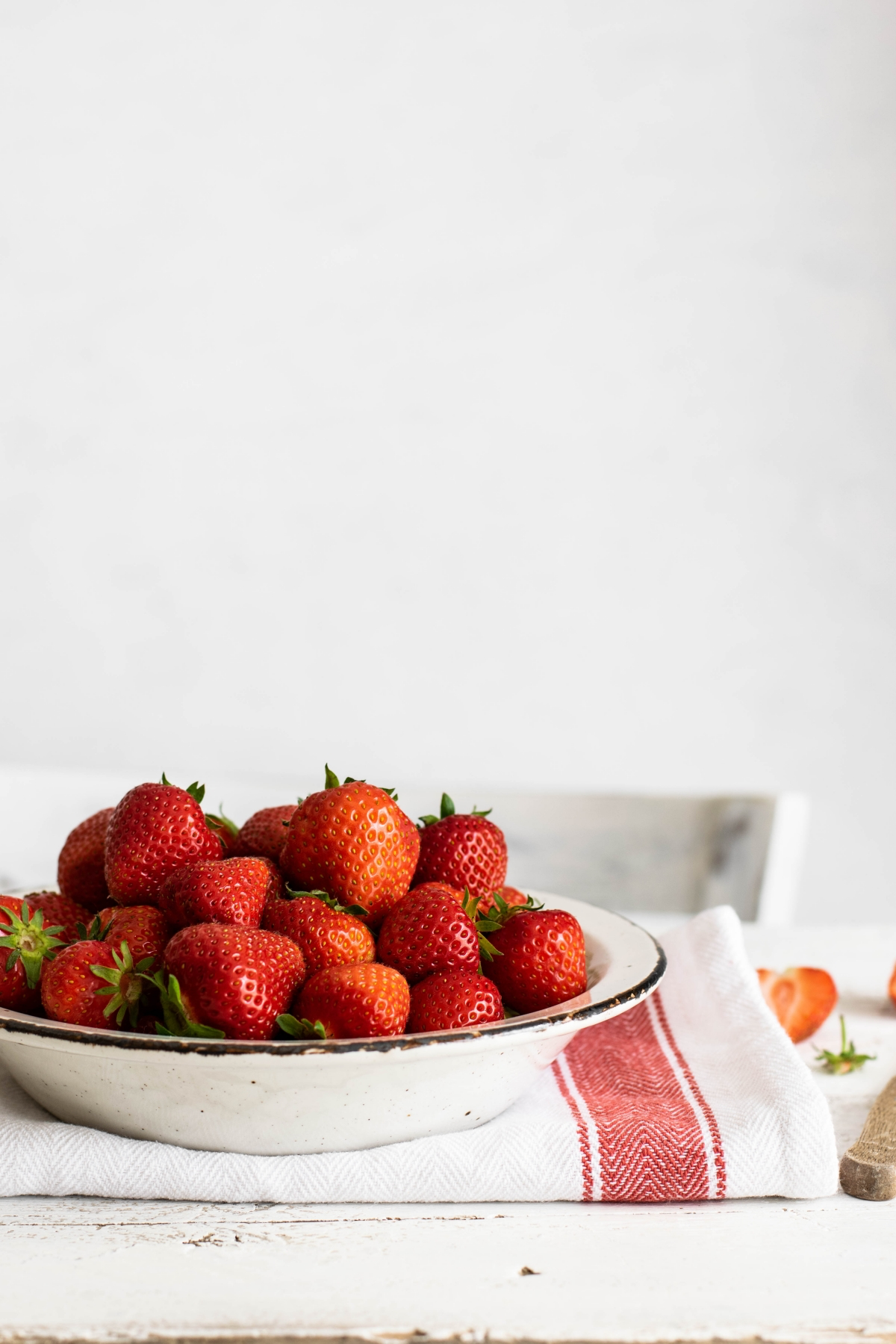
Here are the most common culprits:
- Boiling Your Veggies to Death. This is the number one offender. Because C is water-soluble, it leaches right out into the water you’re boiling it in. Heads up: We once measured a 50% loss of vitamin C in broccoli after just 10 minutes of boiling. If you absolutely have to boil something, use as little water as possible and save that nutrient-rich water for a soup or sauce.
- Pre-Chopping Veggies for the Week… Carelessly. I know, meal prep is life. But when you chop up fruits and vegetables, you expose all those cut surfaces to oxygen, which immediately starts degrading the vitamin C. After just a day or two, a significant amount can be lost.
- Letting Produce Languish. That sad bell pepper that’s been sitting on your counter for a week? It has way less vitamin C than a fresh one. Time and light are not its friends.
- Relying on Juice. While some juices have vitamin C, they often come with a ton of sugar and have lost all the beneficial fiber of the whole fruit. Plus, many are pasteurized (heated), which can reduce the vitamin content.
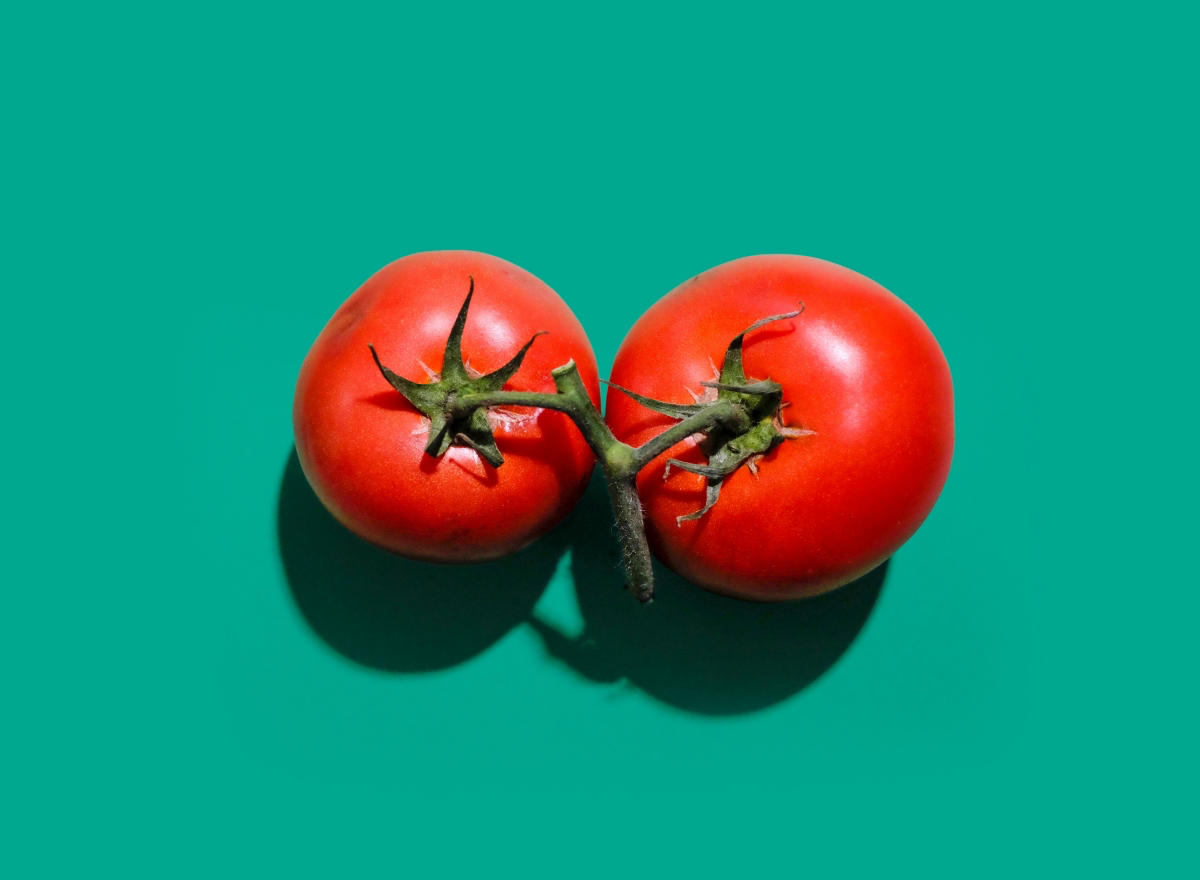
Pro-Tips for Preserving Every Milligram
The good news is, protecting vitamin C is pretty easy once you know what you’re doing. It starts the moment you shop.
Sourcing and Storage Smarts:
- Fresh is great, but frozen is fantastic. Don’t sleep on the frozen food aisle! Fruits and veggies are typically flash-frozen within hours of being picked, which locks in nutrients incredibly well. In the middle of winter, a bag of frozen strawberries from a store like Kroger or Trader Joe’s can be nutritionally superior to a sad, ‘fresh’ berry that traveled thousands of miles.
- Store it right. Keep your C-rich produce in the crisper drawer of your fridge. It’s cool, dark, and humid in there—the perfect environment to slow down nutrient loss.
- The meal-prep hack. If you must pre-chop, here’s the trick: store the chopped items in a truly airtight container, packed as tightly as possible to minimize air exposure. A glass container with a sealing lid is perfect. It won’t stop all loss, but it makes a huge difference.
Cooking Methods That Save Nutrients:
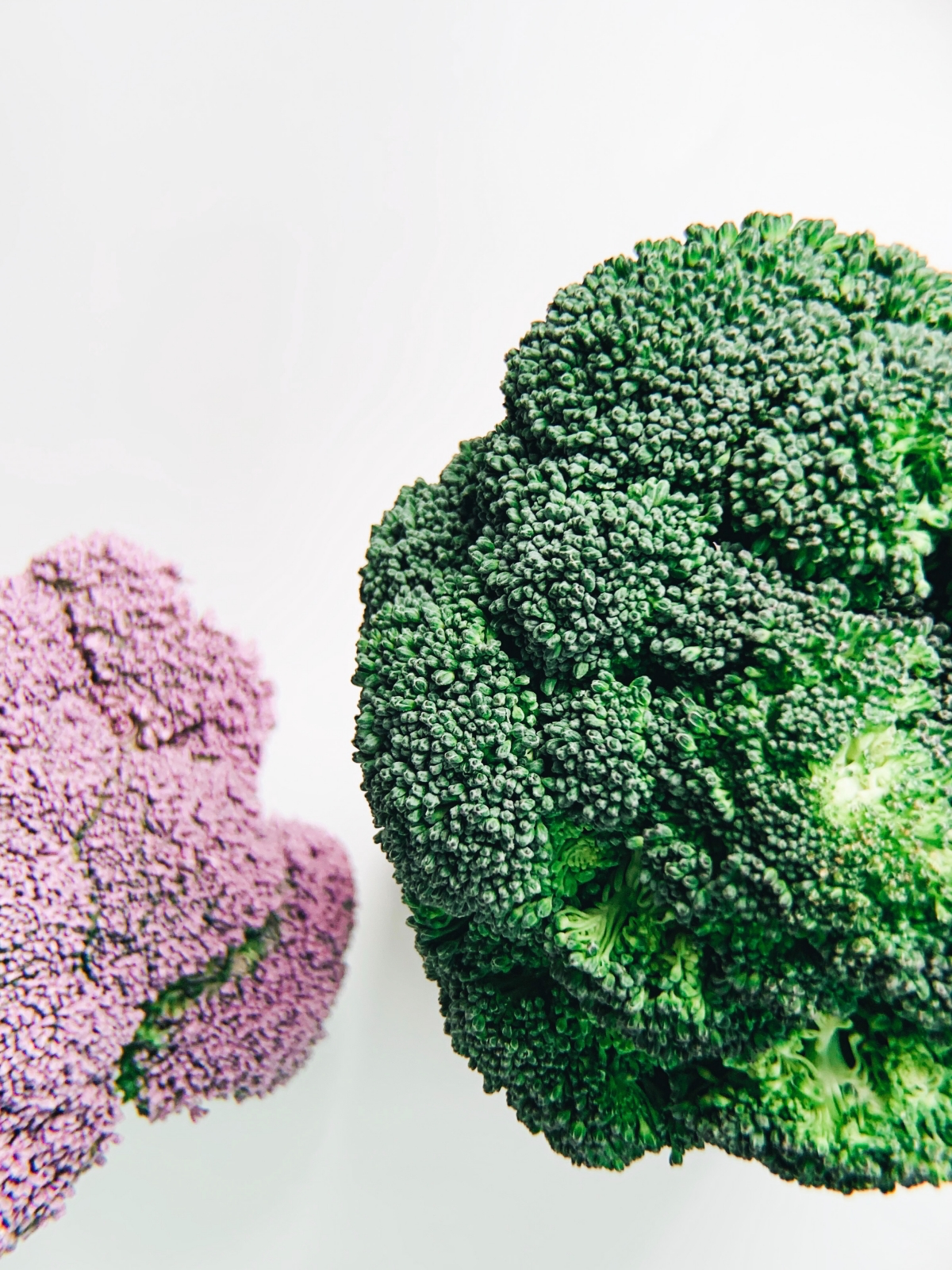
- Steam, don’t boil. Steaming is one of the best methods. Steaming broccoli for just 4-5 minutes until it’s bright green and tender-crisp keeps most of its nutrients intact.
- Microwave it. Surprise! The microwave is actually a great choice. The cooking times are super short and use minimal water, which is a win for preserving vitamin C.
- A quick sauté or stir-fry. These are also good options because the cooking time is fast. The goal is always less heat for less time. A vibrant color is your best clue—when green veggies turn a dull, olive green, you know a lot of nutrients have bailed.
The Unsung Heroes of Vitamin C
Oranges get all the press, but so many other foods blow them out of the water. Let’s look at the real heavy-hitters.
Bell Peppers
These are the true champions. A single medium red bell pepper (which you can often find for $1-$2) can pack over 150 mg of vitamin C—that’s more than a day’s worth! The red ones have the most, followed by yellow and orange. Green peppers, being unripe, have about half as much but are still a great source.
Quick Win: Eat them raw for the biggest punch. Slice them into strips and use them as crunchy, edible scoops for hummus or guacamole.
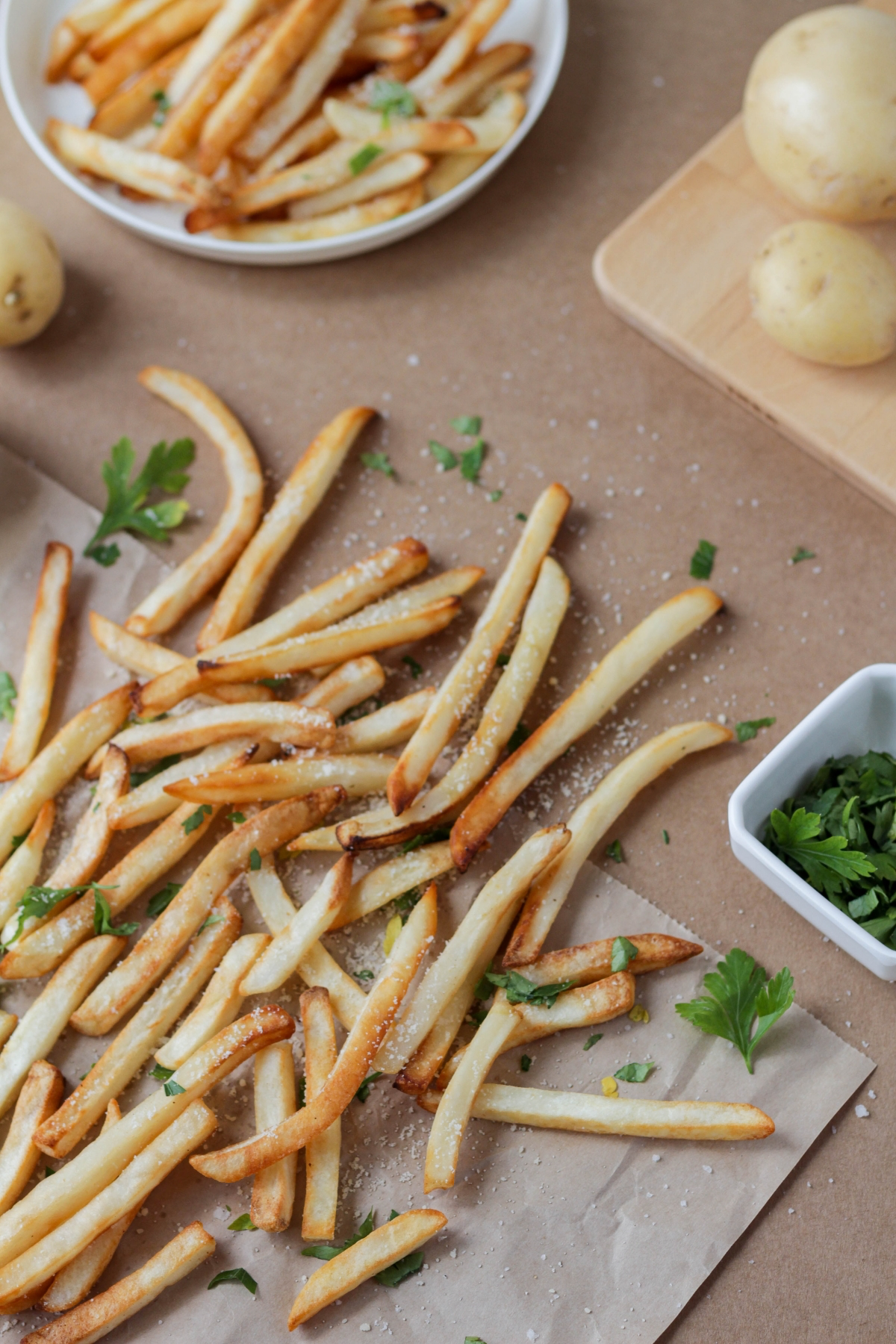
Broccoli & Brussels Sprouts
This family of veggies is a powerhouse. Just one cup of chopped broccoli gives you around 80 mg of C. A cup of cooked Brussels sprouts gets you close to 100 mg.
Quick Win: Roast Brussels sprouts with a little olive oil and salt until they’re crispy. It brings out a sweet, nutty flavor you won’t get from steaming.
Kiwi Fruit
This little fuzzy fruit is a giant. One medium kiwi delivers around 70 mg of vitamin C. Two of them, and you’ve easily met your daily goal. By the way, the skin is totally edible and adds extra fiber and nutrients—just give it a good wash first.
Quick Win: No need to peel! Just slice it in half and scoop out the flesh with a spoon. It’s the perfect, no-fuss snack.
Strawberries
A cup of sliced strawberries contains nearly 100 mg of vitamin C. When they aren’t in season, I rely on frozen ones for my smoothies. They’re picked at peak ripeness, so their nutritional value is fantastic.
Quick Win: Add them to yogurt or a simple green salad for a sweet and tangy boost.
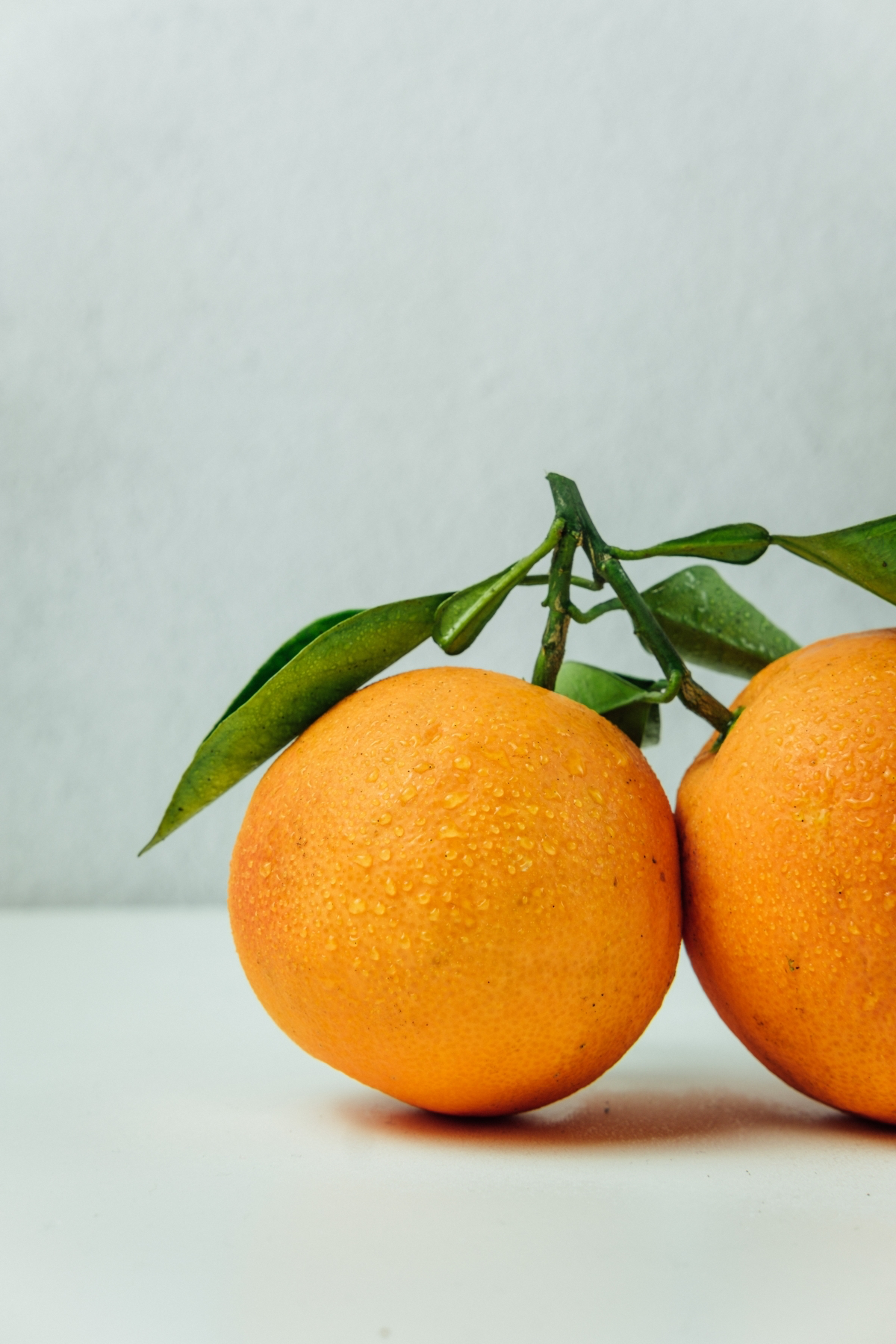
Best Bang-for-Your-Buck Vitamin C Sources
Eating healthy shouldn’t break the bank. If you’re watching your wallet, these foods offer the most vitamin C for the least amount of money.
- Potatoes: Don’t diss the spud! A single medium baked potato, with the skin on, can provide about 20-30% of your daily C. A 5-lb bag is one of the cheapest things in the produce aisle. Just be sure to eat the skin, as that’s where a lot of the nutrition is concentrated.
- Cabbage: Incredibly cheap and versatile. A cup of raw, shredded cabbage has over 30 mg of C. It’s perfect for coleslaw or adding a crunch to tacos.
- On-Sale Bell Peppers: Keep an eye out for sales. When bell peppers drop to around $1 each, stock up! They are, pound for pound, one of the best sources you can buy.
- Canned Tomatoes: A fantastic pantry staple. They are processed with heat, but because they’re acidic, the vitamin C is surprisingly stable. Great for sauces, soups, and stews.
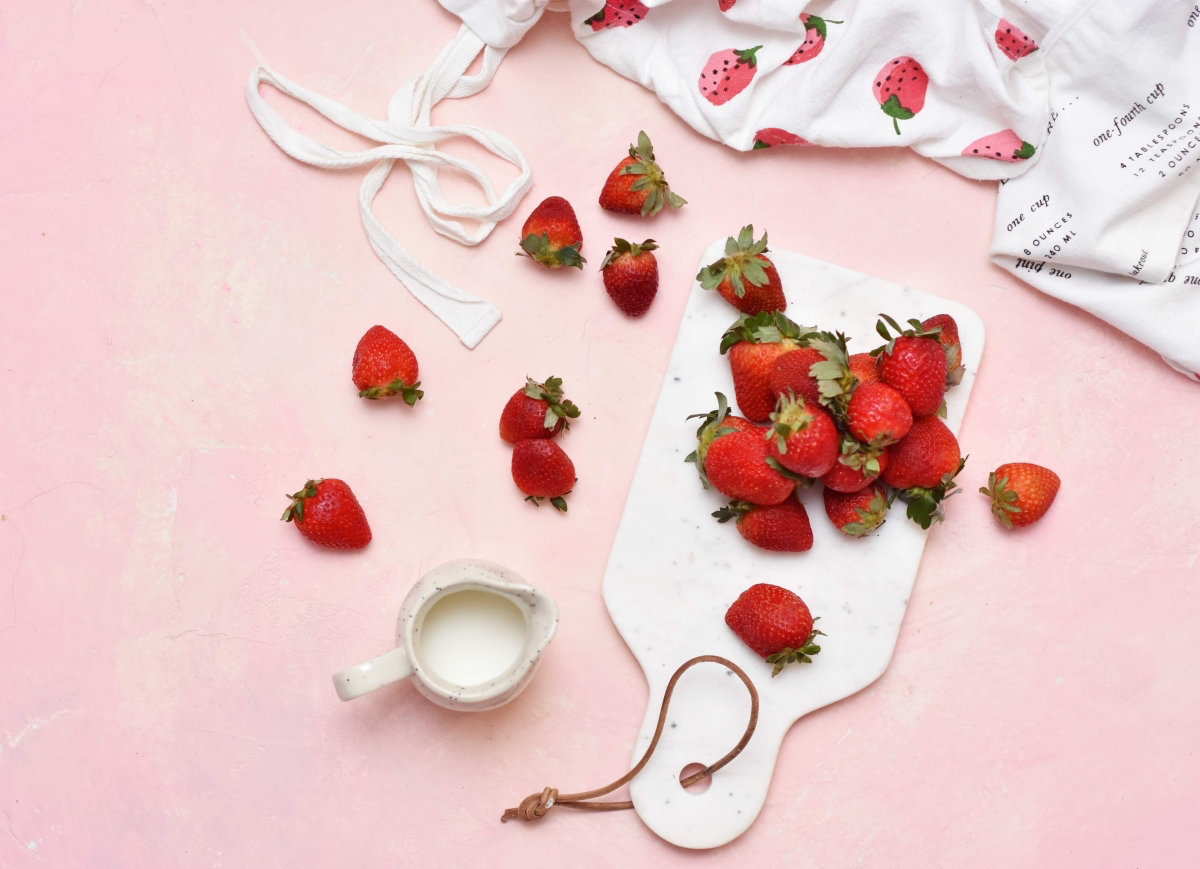
What Hitting Your Daily Goal Actually Looks Like
Sometimes seeing it all laid out makes it click. Here’s a sample day that easily gets a man to his 90 mg goal without any supplements:
Breakfast: A bowl of plain Greek yogurt with a cup of sliced strawberries on top. (~97 mg)
…And boom. You’ve already hit your goal for the day before you’ve even left the house.
See how easy that was? Or here’s another way:
Lunch: A big salad with spinach and a half a sliced red bell pepper. (~75 mg)
Dinner: A baked potato (skin on) on the side of whatever you’re eating. (~20 mg)
Total for that day: ~95 mg. Done.
A Word on Supplements and Safety
So, can you just take a pill? My philosophy has always been food-first. A red pepper contains fiber, vitamin A, potassium, and a ton of other plant compounds that all work together. You miss out on that beautiful synergy with an isolated pill. That said, supplements have their place.
But be smart about it. It’s nearly impossible to get too much vitamin C from food, but high-dose supplements can cause problems like diarrhea and stomach cramps. For people prone to kidney stones, especially men, very high doses of C can increase that risk. The takeaway? Don’t start popping megadoses of anything without talking to a doctor or registered dietitian first.
And what about the common cold? The research is pretty clear: for most people, taking vitamin C won’t stop you from getting a cold. It might—might—make it a day shorter or a little less miserable if you do get sick. Its real power is in the daily, consistent work it does to keep your body strong.
So, here’s my challenge to you: This week, try to hit your daily C goal using a food from this list you don’t normally eat. Maybe it’s raw red pepper strips with hummus or roasting some Brussels sprouts for the first time. It’s those small, consistent choices that build a real foundation for lifelong health.
Inspirational Gallery
Heat is the enemy: A surprising amount of Vitamin C is lost the moment you start cooking. Because it’s water-soluble and heat-sensitive, boiling a vegetable like broccoli can slash its Vitamin C content by over 50%. For maximum benefit, keep it quick, crisp, and crunchy!
Can my body store extra Vitamin C for later?
Unfortunately, no. As a water-soluble vitamin, your body takes what it needs and excretes the rest within a few hours, typically via urine. This is why a single mega-dose in the morning is less effective than spacing your intake throughout the day. A kiwi with breakfast, a red pepper salad for lunch, and steamed broccoli at dinner create a steady supply for your body to use efficiently.
- Keep produce whole as long as possible. Pre-chopping exposes surfaces to oxygen, which degrades Vitamin C.
- Store C-rich fruits and vegetables in the crisper drawer of your refrigerator to slow down nutrient loss.
- Choose steaming or stir-frying over boiling to minimize how much of the vitamin leaches out into the cooking water.
A single cup of chopped red bell pepper contains nearly three times more Vitamin C than an orange.
Standard Ascorbic Acid: This is the most common and affordable form of Vitamin C found in supplements. It’s identical to the vitamin found in foods and is highly effective for most people.
Liposomal Vitamin C: This premium form encases the vitamin in tiny fat globules (liposomes). Brands like LivOn Labs or Cymbiotika claim this enhances absorption and is gentler on the stomach, making it a choice for those needing higher, therapeutic doses.
Smokers have lower levels of Vitamin C in their bodies and are advised to consume an additional 35 mg per day compared to non-smokers.
This is because the oxidative stress caused by inhaling smoke uses up the body’s antioxidant reserves much faster. If you smoke, prioritizing Vitamin C-rich foods is not just beneficial, it’s essential to counteract some of the cellular damage.
Looking for a global C-boost? Consider the humble Indian gooseberry, also known as Amla. Revered in Ayurvedic medicine, this tart fruit is one of the most concentrated natural sources of Vitamin C, and it’s remarkably heat-stable. You can find it as a powder (try Organic India’s Amla powder) to add to smoothies or as a pickled condiment in Indian grocery stores.
- Brighter, more resilient skin.
- Better absorption of iron from your plant-based meals.
- A more robust immune system response.
The secret isn’t a magic pill, but a simple habit: ‘eating the rainbow.’ The vibrant reds, yellows, and greens in produce are often signs of a high Vitamin C and antioxidant content.
Getting your daily C doesn’t have to be expensive. In fact, some of the best sources are budget-friendly staples. A head of cabbage, a bag of frozen strawberries, or a few kiwis can provide a powerful dose for a fraction of the cost of trendy supplements or out-of-season exotic fruits. Even a single potato with its skin on provides a significant amount of your daily need.
I see beauty products with Vitamin C. Does that actually work?
Yes, topical Vitamin C is a dermatologist-favourite for a reason! When applied to the skin, it acts as an antioxidant, protecting against sun damage, and it can brighten skin tone and boost collagen production. However, it’s an unstable ingredient. Look for serums in dark, airtight bottles with stable forms like L-Ascorbic Acid or Tetrahexyldecyl Ascorbate from brands such as SkinCeuticals or Mad Hippie for the best results.










